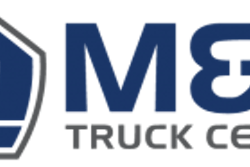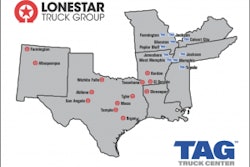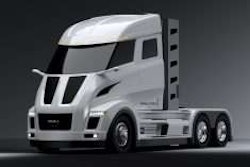
Last year brought strong growth in OTR truck loadings, however the year-over-year growth comparison in 2018 will be tempered as pricing and capacity issues become a factor. There is only so much capacity out there to take from the OTR tractor-trailer market, according to FTR. Many companies are close to or at full active-truck capacity, which isn’t sustainable as market forces come into effect. For example, large bonuses and pay raises will attract drivers, making the lack of drivers a bigger factor restraining active capacity than a lack of trucks. Whether the issue is a lack of drivers or a lack of equipment, both can be addressed through investment, and that’s what FTR anticipates is going to be happening. Actually, it’s already happening as there has been an increase in truck orders in recent months.
Truck rates of revenue per mile, spot and contract, are other strong indicators of the state of the trucking industry. The spot rate took an upturn in 2016 and rose steadily in 2017. Contact rates ticked up higher, too. In 2018, year-over-year growth is expected to be more moderate compared with the previous year, however a “continued robust” spot market is expected and will mean growth in contract rates, according to FTR.
Healthy trucking conditions this year likely will mean cost pressures, such as increased driver wages, higher equipment costs and higher fuel costs. However, increases in rates and new tax relief, such as a lower corporate tax rate and the tax deduction for pass-through income, should offset rising costs in the near term, according to analysts.
Regarding tax relief, the new Federal tax code has boosted first-year bonus depreciation to 100 percent through 2023. This change applies to new and used assets placed in service after Sept. 27, 2017, and features a deduction limit that has doubled, up to $1 million. This means all carriers, lease and rental fleets and mobile service operations that use their vehicles for business at least 50 percent of the time are eligible for the deduction for the full five-year period. If business use falls below 50 percent during any single year, the carrier would be required to repay the bonus depreciation.
The FTR webinar was moderated by Eric Starks, chairman and CEO, with comments from Jonathan Starks, COO, and Avery Vise, vice president of trucking research.









